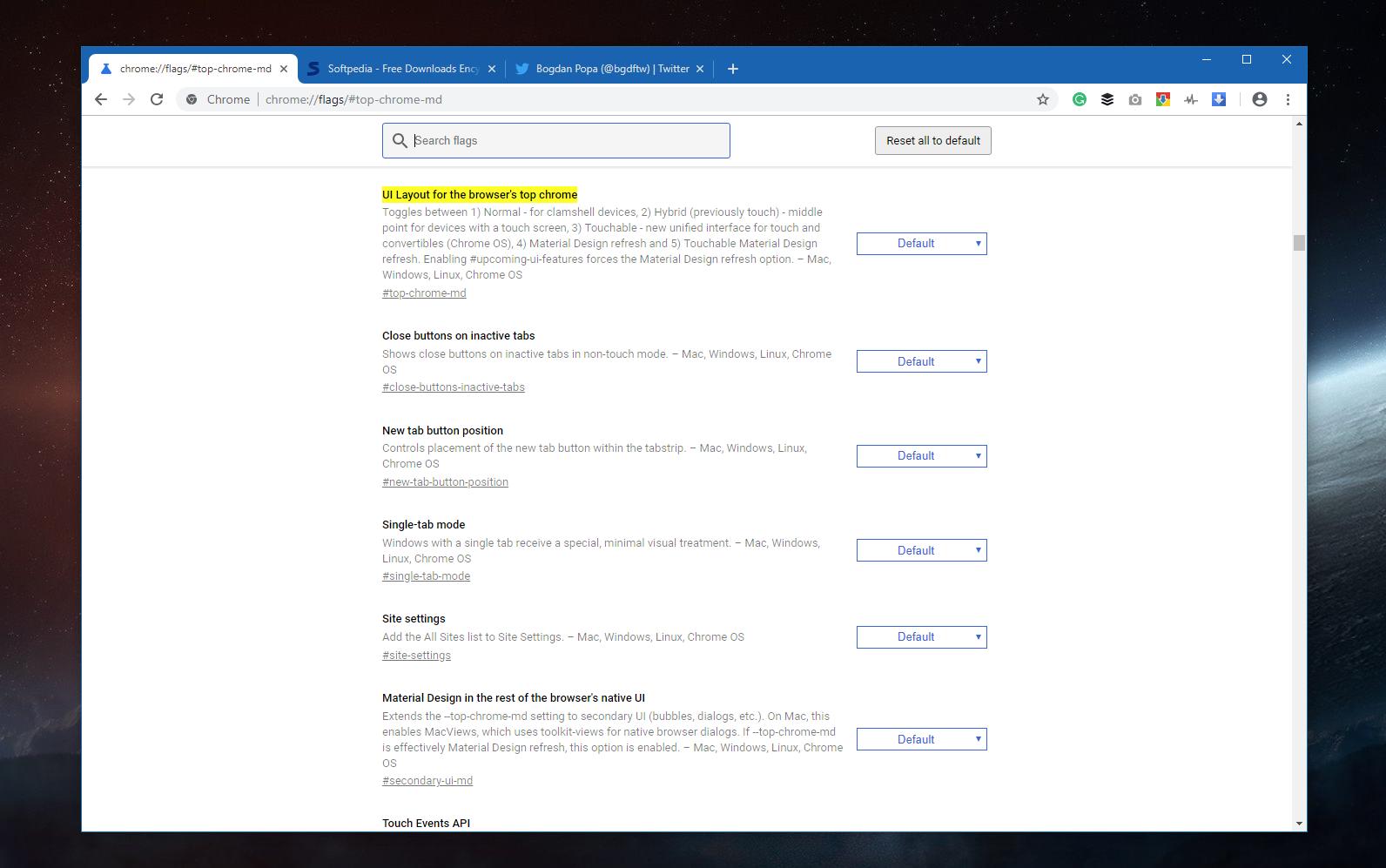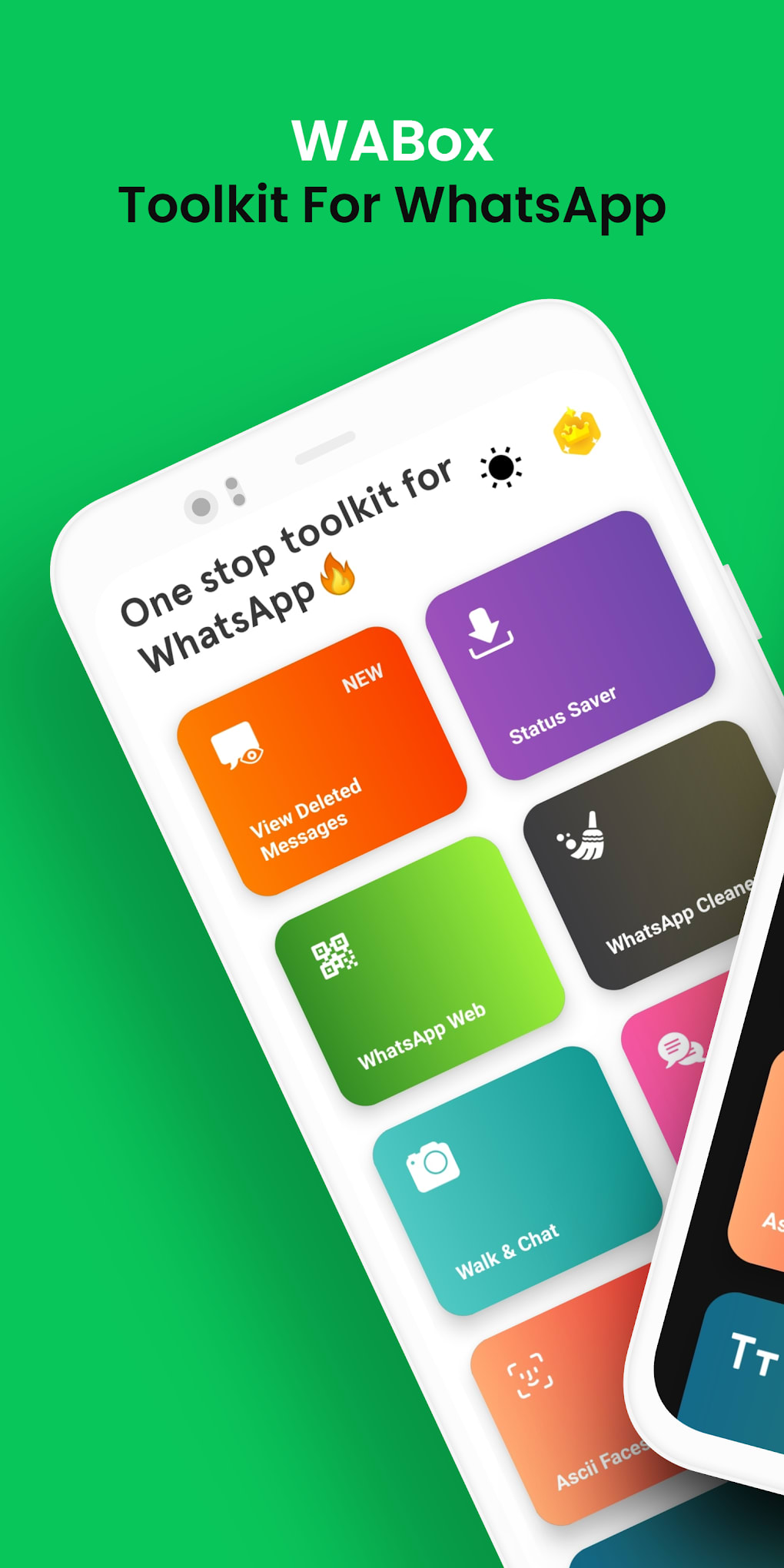

Google toolkit for mac how to#
History is an example of such: although GWT manages history tokens as users click Back or Forward in the browser, it does not prescribe how to map history tokens to an application state. The GWT mission statement clarifies the philosophical breakdown of GWT's role versus the developer's role. Indeed, many key architectural decisions are left completely to the developer. GWT does not revolve only around user interface programming it is a general set of tools for building any sort of high-performance client-side JavaScript functionality.


When needed, JavaScript can also be embedded directly into Java code, using Java comments. When the application is deployed, the GWT cross-compiler translates the Java application to standalone JavaScript files that are optionally obfuscated and deeply optimized. Using GWT, developers can develop and debug Ajax applications in the Java language using the Java development tools of their choice. In July 2013, Google posted on its GWT blog that the transformation to an open source project was complete. In 2012 at their annual I/O conference, Google announced that GWT would be transformed from a Google project to a fully open sourced project. They've also admitted however that a number of engineers previously working on GWT are now working on Dart. In 2011 with the introduction of the Dart programming language, Google has reassured the GWT community that GWT will continue to be supported for the foreseeable future, but also hinted at a possible rapprochement between the two Google approaches to "structured web programming". In August 2010, Google acquired Instantiations, a company known for its focus on Eclipse Java developer tools, including GWT Designer, which is now bundled with Google Plugin for Eclipse. Google announced GWT at the JavaOne conference, 2006. GWT version 1.0 RC 1 was released on May 16, 2006.


 0 kommentar(er)
0 kommentar(er)
